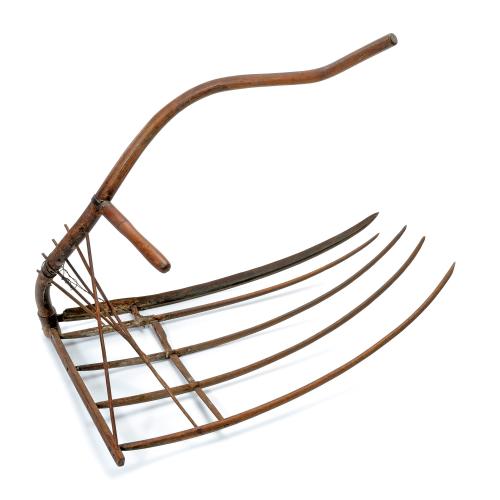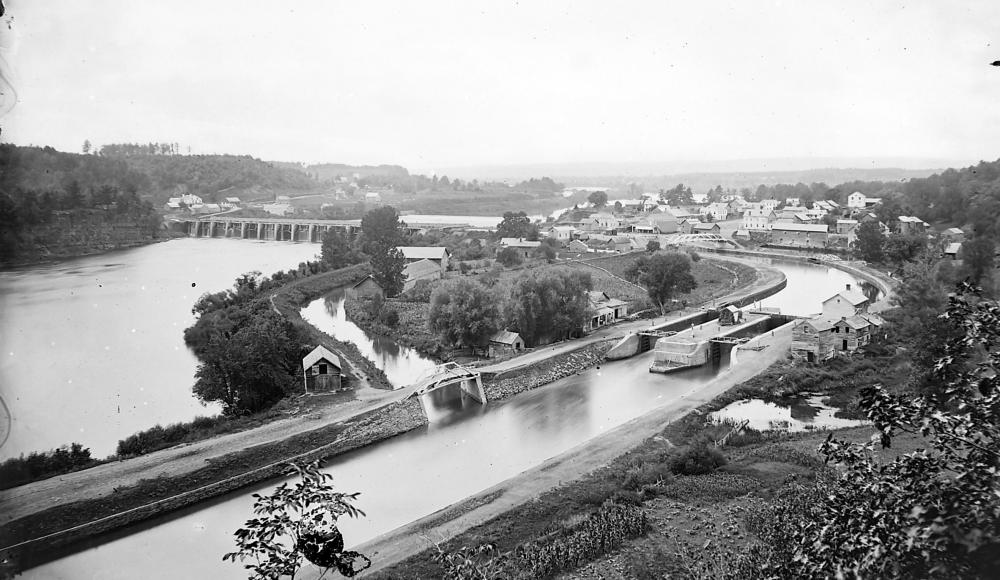
Transporting Grains on the Erie Canal

Photograph of double locks on the Erie Canal in Rexford, NY
On October 26, 1825, the Erie Canal officially opened from Albany to Buffalo. The canal was an immediate success: shipping costs plummeted, and new services and goods became widely available. Cheap, reliable transportation opened new markets to farmers and businessmen, creating a commercial windfall from New York City to Buffalo.
Like today, grains formed the base of many of the foods people ate in the nineteenth century. The canal was a cheap and reliable way to transport grains to feed the growing American population. The growing population also needed lumber for fuel and to construct buildings, ships, and wagons.
As a result, wheat, flour, and lumber accounted for the most tonnage on the canal for the entire nineteenth century. To demonstrate the boon, between 1815 and 1825 the cost of shipping wheat from Buffalo to New York City dropped from roughly $100 to $10 per ton.
Pictured here are 19th-century harvesting tools from the NYSM collections.
19th-century grain cradle or cradle scythe
A farmer could harvest about two acres of wheat a day with this grain cradle.
NYSM H-1968.36.1
19th-century barley fork
The importance of barley as a crop increased in New York after the opening of the canal. Barley forks, like this one, were used to harvest the grain which was used as animal feed and as a main ingredient in malt beverages, especially beer, which was a growing industry in New York State.
NYSM H-1919.3.1
For more on the canal, see our recently published book, “Enterprising Waters: The History and Art of New York’s Erie Canal”
https://www.sunypress.edu/p-6857-enterprising-waters.aspx




